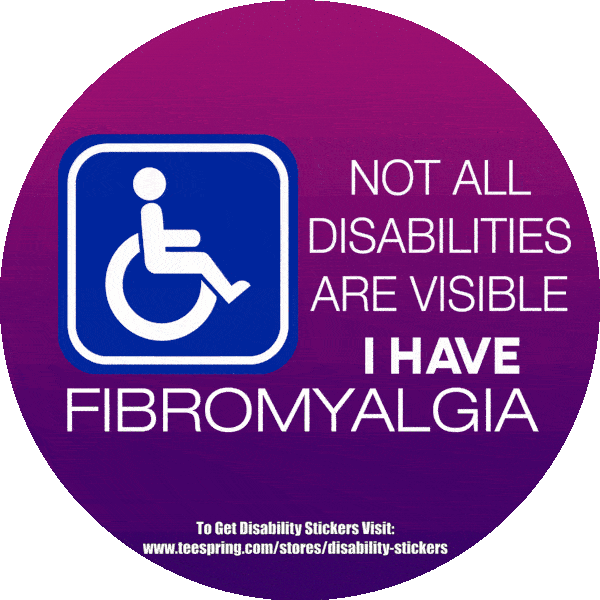Fibromyalgia is the second most common rheumatic disorder behind osteoarthritis and, though still widely misunderstood, now considered to be a lifelong central nervous system disorder, which is responsible for amplified pain that shoots through the body in those who suffer from it. Daniel Clauw, M.D, professor of anesthesiology, University of Michigan, analyzed the neurological basis for fibromyalgia in a plenary session address today at the American Pain Society Annual Scientific Meeting.
Fibromyalgia can be thought of both as a discrete disease and also a final common pathway of pain centralization and chronification. Most people with this condition have lifelong histories of chronic pain throughout their bodies, said Clauw. The condition can be hard to diagnose if one is not familiar with classic symptoms because there is not a single cause and no outward signs.
Clauw explained that fibromyalgia pain comes more from the brain and spinal cord than from areas of the body in which someone may experience peripheral pain. The condition is believed to be associated with disturbances in how the brain processes pain and other sensory information. He said physicians should suspect fibromyalgia in patients with multifocal (mostly musculo skeletal) pain that is not fully explained by injury or inflammation.
Because pain pathways throughout the body are amplified in fibromyalgia patients, pain can occur anywhere, so chronic headaches, visceral pain, and sensory hyper-responsiveness are common in people with this painful condition, said Clauw.
This does not imply that peripheral nociceptive input does not contribute to pain experienced by fibromyalgia patients, but they do feel more pain than normally would be expected from the degree of peripheral input. Persons with fibromyalgia and other pain states characterized by sensitization will experience pain from what those without the condition would describe as touch, Clauw added.
Due to central nervous system origins of fibromyalgia pain, Clauw said treatments with opioids or other narcotic analgesics usually are not effective because they do not reduce the activity of neurotransmitters in the brain. These drugs have never been shown to be effective in fibromyalgia patients, and there is evidence that opioids might even worsen fibromyalgia and other centralized pain states, he said.
Clauw advises clinicians to integrate pharmacological treatments, such as gabapentinoids, trycyclics and serotonin reuptake inhibitors, with nonpharmacological approaches like cognitive behavioral therapy, exercise and stress reduction.
Sometimes the magnitude of treatment response for simple and in-expensive non-drug therapies exceeds that for pharmaceuticals, said Clauw. The greatest benefit is improved function, which should be the main treatment goal for any chronic pain condition. The majority of patients with fibromyalgia can see improvement in their symptoms and lead normal lives with the right medications and extensive use of non-drug therapies.
Dr clauw and his group have been instrumental in establishing that the systemic conditions noted above, and regional pain syndromes such as interstitial cystitis, low back pain, and irritable bowel syndrome all have common pathogenic and clinical features. One of the primary areas of interest of his group has been in studying sensory processing in these conditions and in demonstrating that many patients with these have a widespread disturbance in pain processing. Current work is establishing the nature of the central pain processing abnormality in these conditions, using a variety of approaches, including functional MRI.
For support and Discussion join the group “Living with Fibromyalgia and Chronic Illness”
Subscribe to our website for Email notification of our new Posts. Like and Follow us on Facebook. Swipe Left to Read more on Fibromyalgia or Click Here …
Sources:
American Pain Society
University of Michigan Chronic Pain and Fatigue Research Center
National Fibromyalgia Association

2 comments
[…] all in your head?!” I didn’t talk to him for 6 months. He left messages…“it’s your Central Nervous System sister… It’s in your head. That’s all I meant!” I was too […]
[…] central nervous system is rapidly developing during childhood and being conditioned to respond to various stimuli and […]